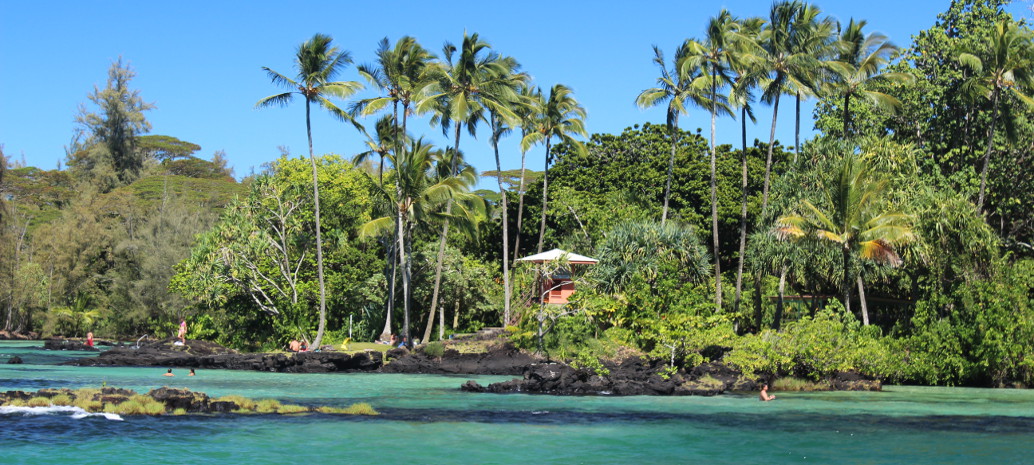While Hawaii has long been a national leader in the development of solar energy, the state has been known more traditionally for its commitment to rooftop and behind-the-meter projects. Logically so, as decentralized grids can be crucial to islands, especially those subject to natural disasters.
Today, however, Clearway Energy Group, Hawaiian Electric Company (HECO) and other select partners have broken that mold, celebrating the successful completion of 110 MW of utility-scale solar across three projects on the island of Oahu. For some context on the rarity of this style of development in the island state; the three projects represent the largest block of utility-scale solar power ever developed in Hawaii.
Just how significant is the above statement, you may ask. Fairly significant, as these 110 MW represent approximately 3% of Hawaiian Electric’s renewable portfolio standard (RPS) goal of 100% renewable energy by 2045. The state’s RPS progress prior to the commissioning of these projects reached 27% at the end of 2018, with this project block alone bringing that number above 30% and well ahead of the 2045 goal.
Broken down, the block is comprised of the 49 MW Kawailoa Solar project, the 45.9 MW Waipi‘o Solar project and the 14.7-MW Mililani Solar II project. The power generated by the projects will be purchased by HECO from Clearway Energy Group through three separate 22-year power purchase agreements (PPA).
The energy from the Kawailoa project, which is comprised of roughly 500k panels on former sugar cane land owned by Kamehameha Schools, will be sold over those 22 years at just under $0.13/kWh. Clearway is working with local ranchers to allow them to graze sheep for vegetation management of the project site, which is always a fun, agriculturally responsible element of projects, and that’s not the only way the project is benefitting the community, you know, outside of the whole renewable energy bit:
As part of Clearway’s multi-year commitment to community programs, Kawailoa is hosting local and mainland internships and programs for students in renewable energy education in partnership with Blue Planet Foundation and Kamehameha Schools.
In a similar vein, the energy generated by the 45.9 MW Waipio solar farm will be sold to HECO at $0.12/kWh over 22 years. The project’s 160k panels, located on land owned by Castle & Cooke will also utilize sheep grazing in the project area under partnerships with local ranchers.
The Mililani Solar II project holds the distinction of being the smallest of the three and having the sparsets selection of available details. Among these details is not included the $/kWh rate at which the power will be sold. We do know, however, the project’s 150k panels are located within the Mililani Agricultural Park, on former pineapple land owned by Clearway.
These projects do not appear to include plans for any associated energy storage. A shame, but not in any way detracting from the significance of the project. likely these will be among the last utility-sclae solar projects to go without storage in Hawaii, as the HECO’s recent request for proposals calls for the deployment of nearly 260 MW of battery storage across the three islands of Oahu, Maui and Hawaii.
For the scope of importance that these projects represent, it’s only fitting that they had a storied development history. The projects were to initially be developed by by SunEdison prior to the company’s 2016 bankruptcy. The projects were then acquired by Clearway at the end of November 2016, during Sun Edison’s bankruptcy hearing. Sun Edison was not able to meet contract milestones and HECO terminated the original power contracts, with Clearway and HECO ultimately renegotiating lower prices for the three.
This content is protected by copyright and may not be reused. If you want to cooperate with us and would like to reuse some of our content, please contact: editors@pv-magazine.com.









It seems that 110MW would be the largest block of solar in most states (unfortunately).